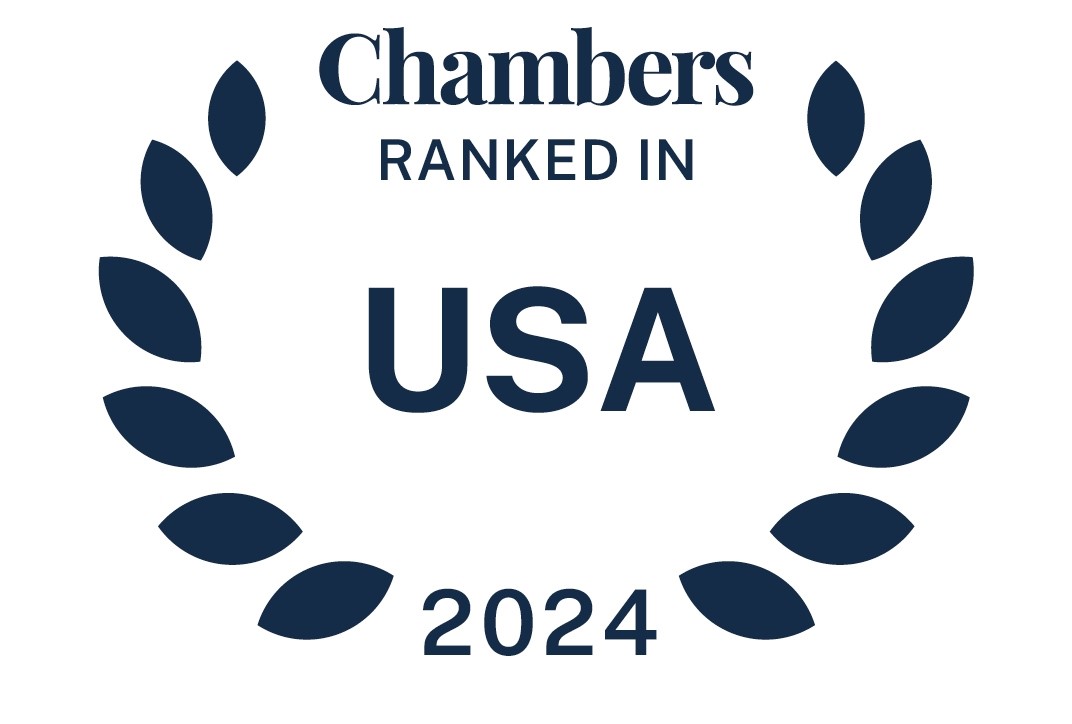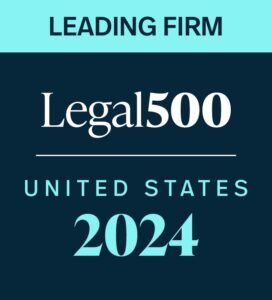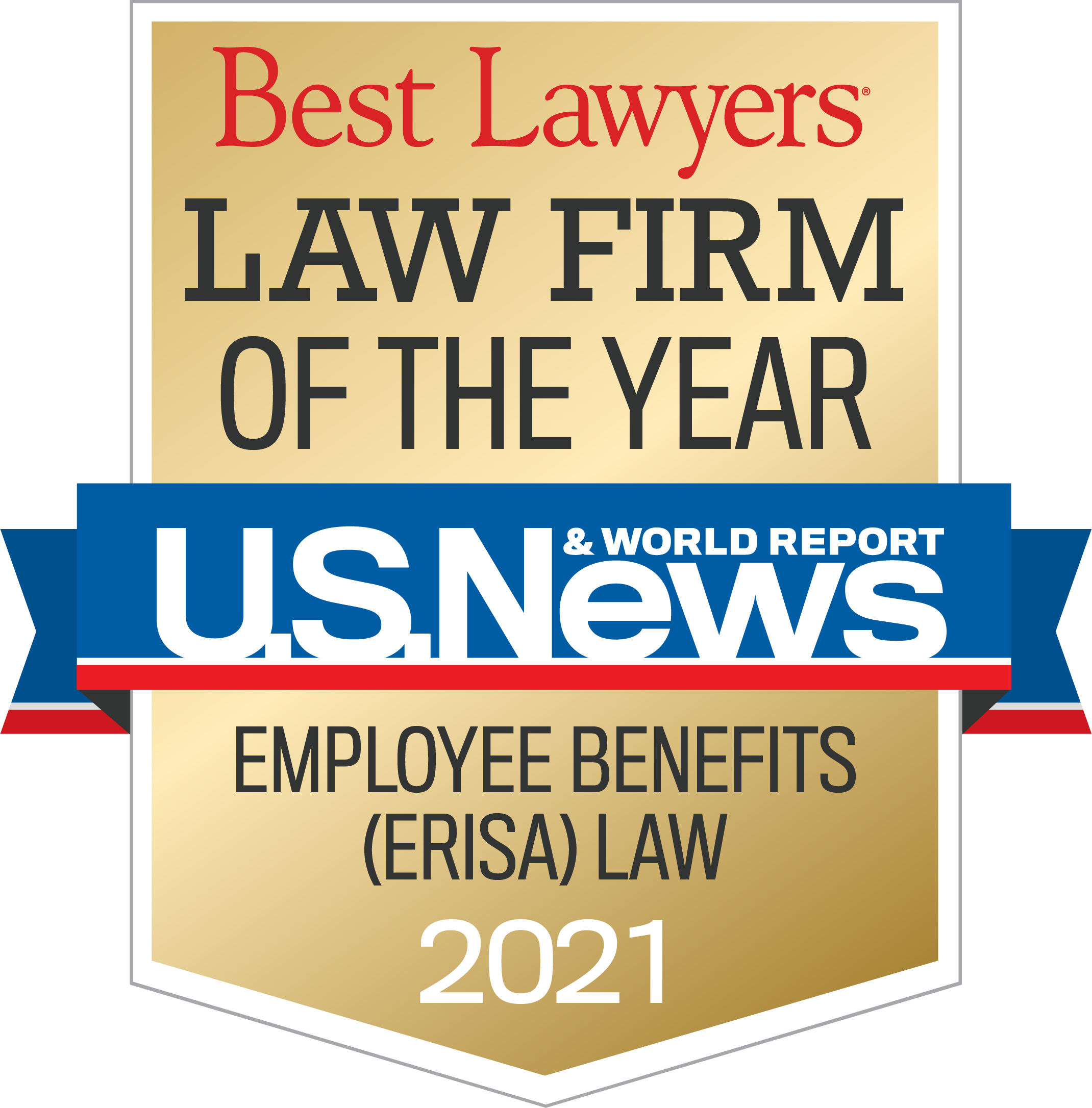Andrew Liazos and David Fuller identify the three main areas to focus on in light of 162(m) and discuss traps for the unwary.
Tax Takes Video | Impacts on 162(m)
By Andrew Liazos and David Fuller on June 5, 2018
Posted In Employee Benefits, Executive Compensation






